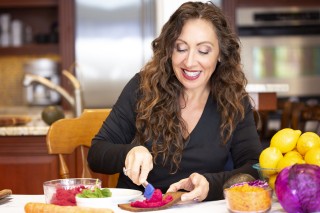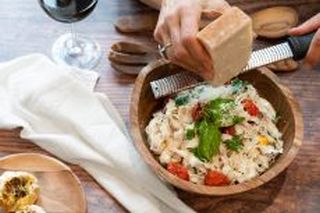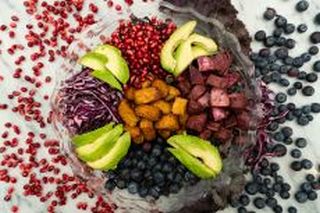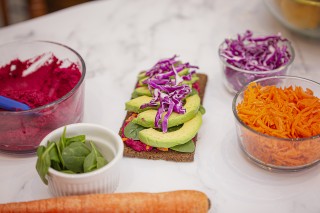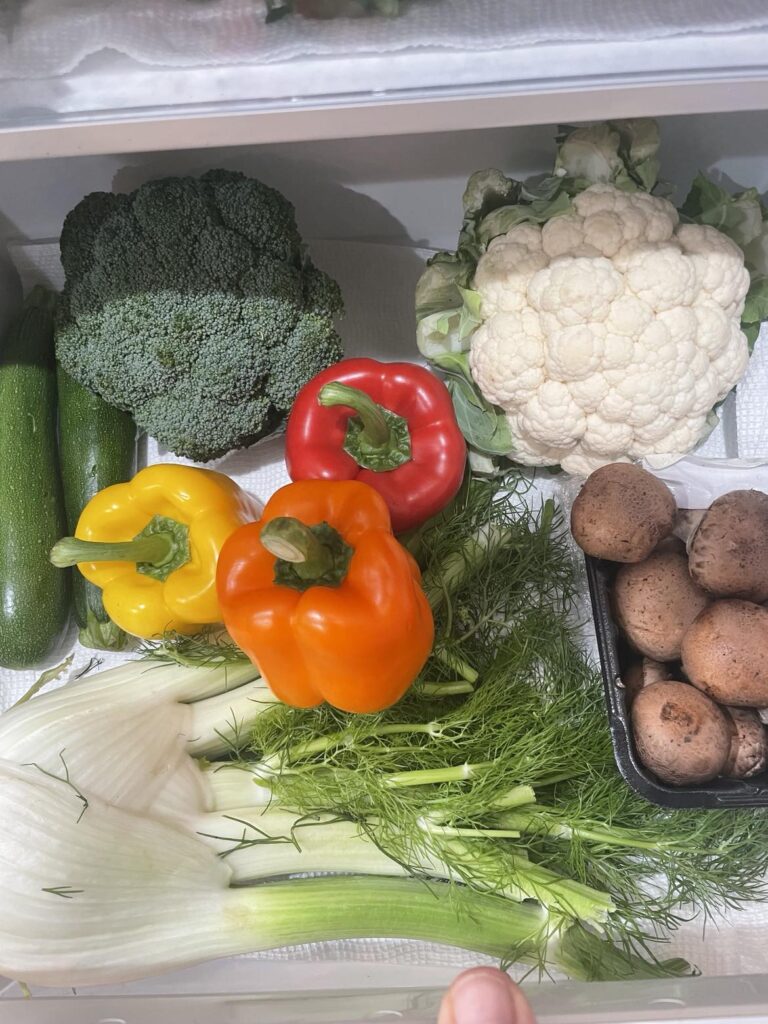
Only one in ten Americans eats the minimum recommended fruits and veggies
I often hear complaints that fast food is cheaper than cooking at home, and that fresh veggies are too expensive. With some planning ahead strategies, you can get your veg on without breaking bank
Below is this morning’s $35 fresh veggie grocery haul, and I’m sharing some tips for planning ahead, shopping, storing, and making sure you use up that produce before it goes South and has to be discarded
This will last us one to two weeks ( with some overlapping from what’s left from last week, and a little supplemental fresh produce to purchase next week), vs. a typical takeout or fast food meal which would cost much more, plus tax, tip, and delivery, and be practically devoid of vegetables and anti-inflammatory phytonutrients. When comparing ordering out to cooking at home, and including lots of anti-inflammatory fruits and veggies, it’s important to consider the value of all of the phytonutrients you are getting in home cooking, vs. the inflammatory oils, and generally lower quality ingredients used by restaurants
Think: How many healthy meals can be made with these fruits and veggies for the same price of one ultra processed inflammatory fast food meal that is basically devoid of nutrients
Watch Fresh Veggies on a Budget
How Much is a Serving of Fruits and Vegetables?
Generally, one cup of raw veggies, half cup cooked veggies, or two cups of salad greens is one serving. For fruits it’s a little different because unlike vegetables, we are able to use the carbohydrate for energy. One serving a fruit is about 15 grams of carbohydrates, which is the equivalent of 2 small fruits like clementines, one medium apple, one cup of berries, half cup of grapes, or one small banana
How to Shop Fruits and Veggies on a Budget
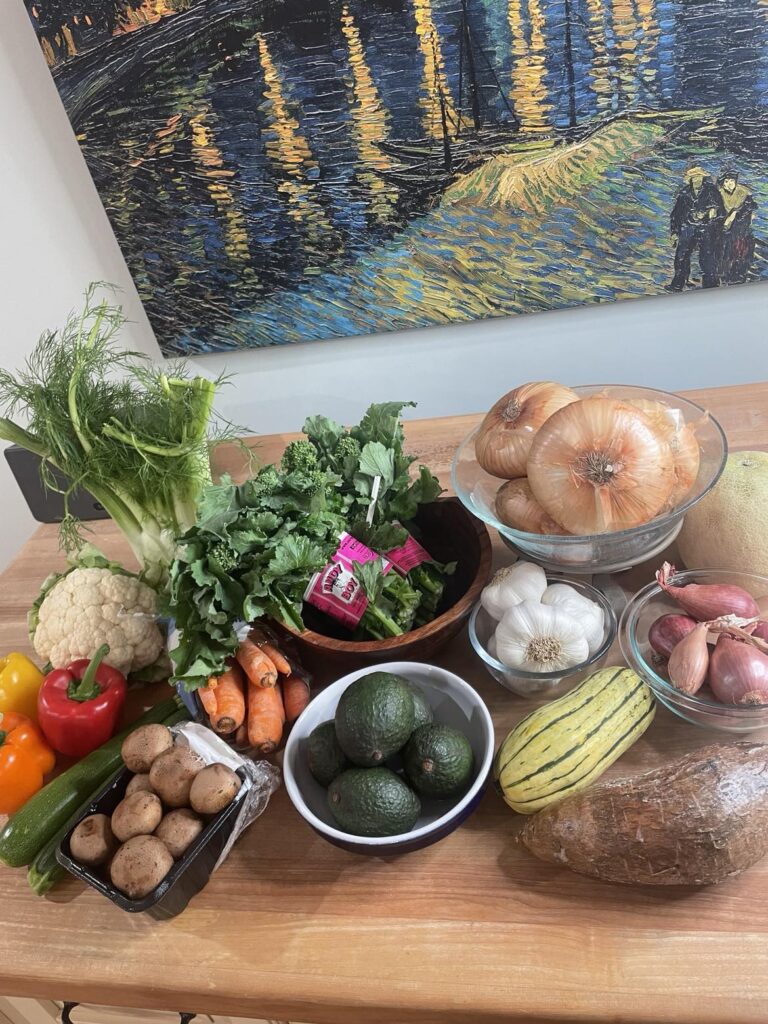
35 Dollar Grocery Haul
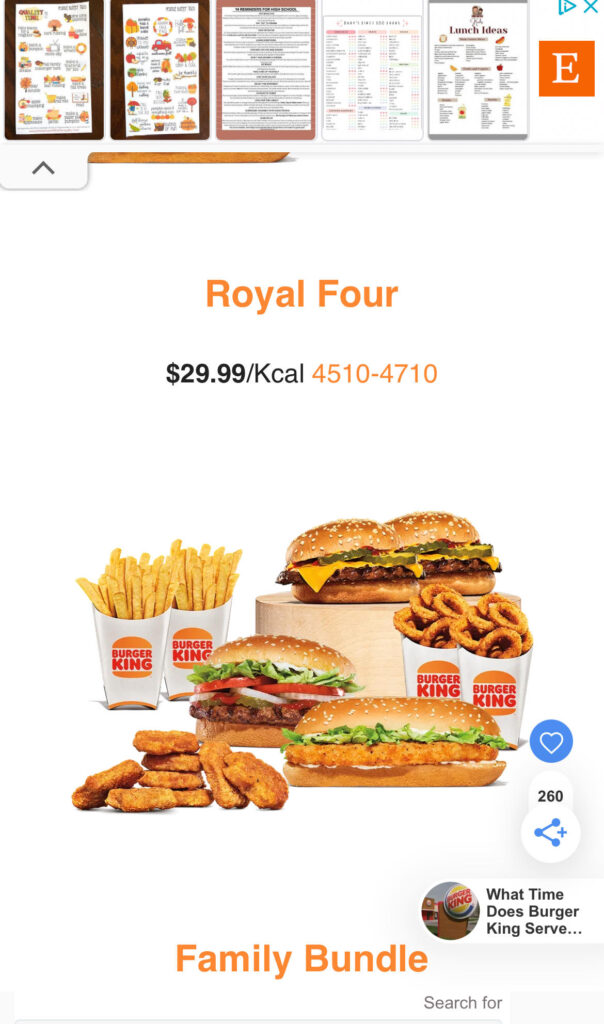
$35 of Fast Food
Buy Seasonal – Seasonal produce in your area depends upon growing conditions and the weather, but most grocers have produce available from other geographical locations. For example, I live in New Jersey, but can get pomegranates on sale in the Fall and Winter, because that is when they mature in California and Arizona, our top producers in the United States. A good rule of thumb is to check what produce is on sale – It may not be seasonal to you, but it may be somewhere else
Buy Seasonal and/or on Sale, and Freeze for Future Use – I have hulled, cleaned strawberries on my freezer that were purchased on sale in the Spring and Summer. For berries, clean, dry, and freeze on a parchment lined pan without overcrowding the fruit, then store in containers in the freezer. Because the fruit was frozen spread on a pan, you can easily pull whatever you want to use without it clumping. When summer Jersey corn was on sale for eight ears for $2, I bought plenty of corn, cut it off the cob, vacuum packed it in two ear packages, then froze it to have over the Winter
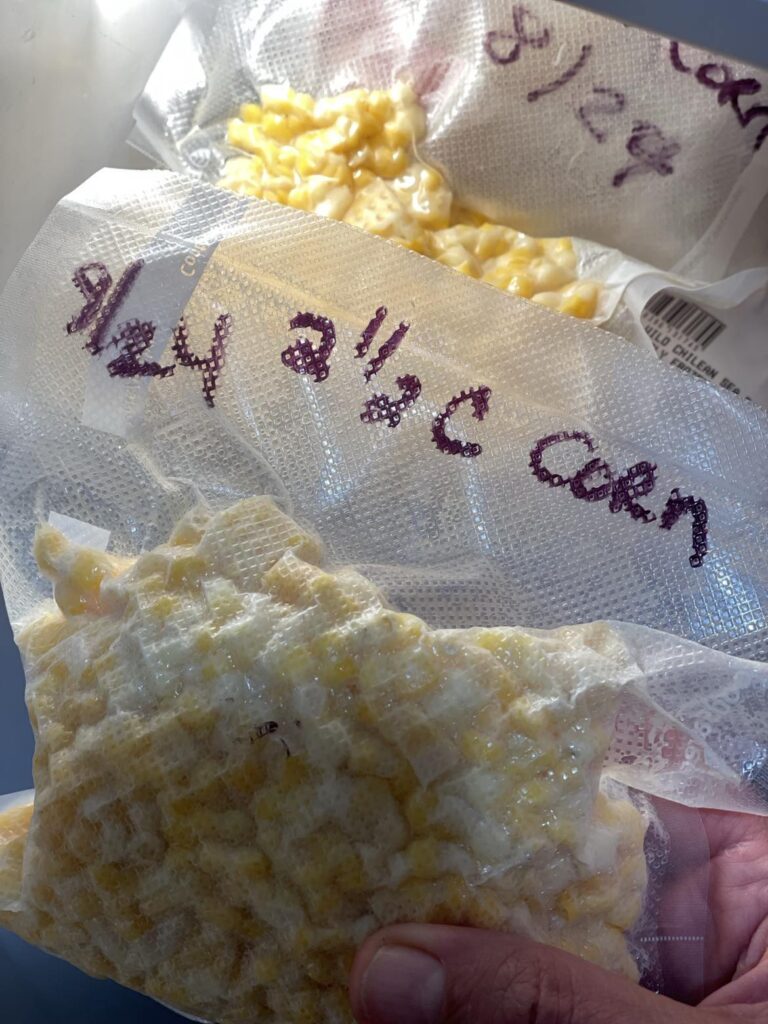
Use Store Flyers to Find Sale Items – Flyers, websites, digital and paper coupons, and apps can help you navigate deals. I will compare several stores for frequently purchased items for the best price. Making a list, and sticking to it will help to save time, money, and minimize waste. Many store apps will even tell you the location of the item to purchase, saving time
Buy a Mix of Long Lasting Shelf Stable, Refrigerated Long Lasting, and Refrigerated Short Shelf Life Vegetables – If fresh spinach is on sale, and you load up on spinach, chances are you will wind up throwing some of it out because it just doesn’t stand up to the frig for very long. Once you have identified seasonal fruits and veggies on sale, choose a variety based on shelf life so you can start with the more perishable fruits and veggies, then work your way to longer lasting choices. If greens start to turn, you can always steam or sauté them down to eat or freeze. One pound of spinach leaves cooks down to two and a half cups, and will last about five days in the frig. Cooking your greens will decrease the volume, and give you more time in the frig or freezer to consume. This is a good strategy for any produce that is nearing the end of its’ shelf life
Long Lasting Shelf Stable Vegetables – This includes hard squashes like Delicata and butternut, onions, garlic, shallots, unripe avocados, potatoes, yucca
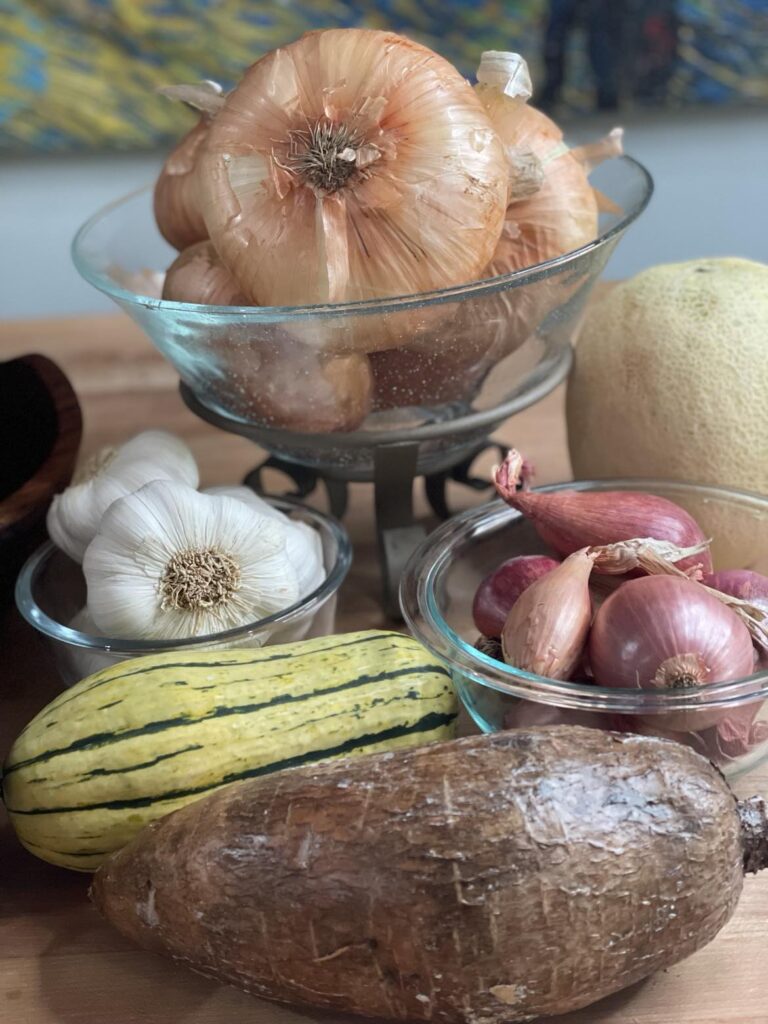
Refrigerated Long Lasting Vegetables – These will last a couple of weeks – Cabbage, beets, carrots, root veggies like parsnips or celery root
Refrigerated Medium Lasting Vegetables – These will last about a week – Peppers (increase shelf life by de-stemming and de-seeding, then storing in a container), cucumbers, broccoli, cauliflower, zucchini, eggplant, ripe avocados, most fruits, except for berries
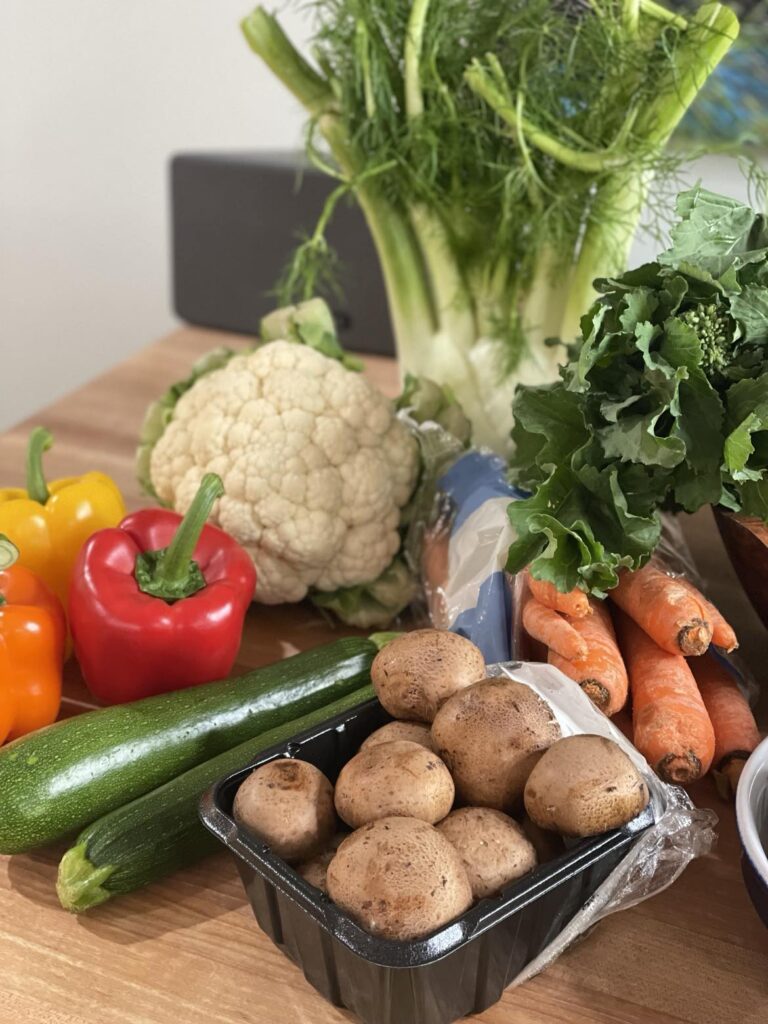
Shorter Shelf Life for Quick Cooking – Delicate greens like escarole, spinach, and arugula. Kale is heartier, but will dry out over time. Fresh herbs like parsley and greens will last longer if cleaned and run through a salad spinner, then wrapped in a paper towel and placed in a container before storing in the frig
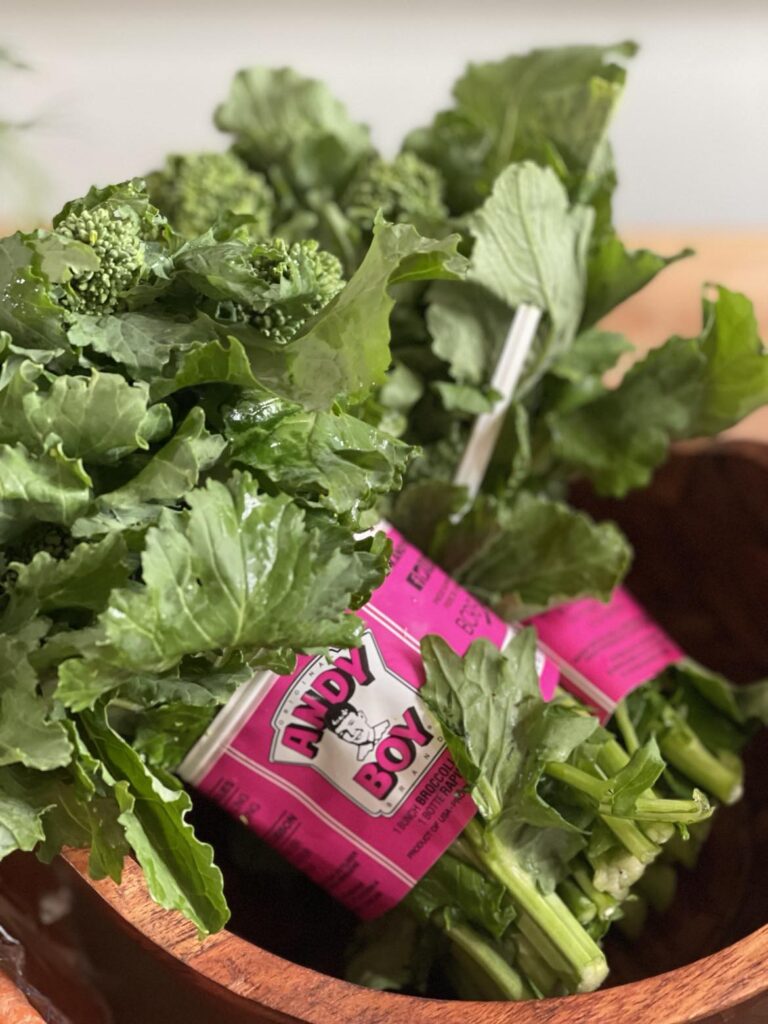
If Space Allows, Store Produce by Shelf Life – For example, store greens in one drawer, and peppers and broccoli in another drawer
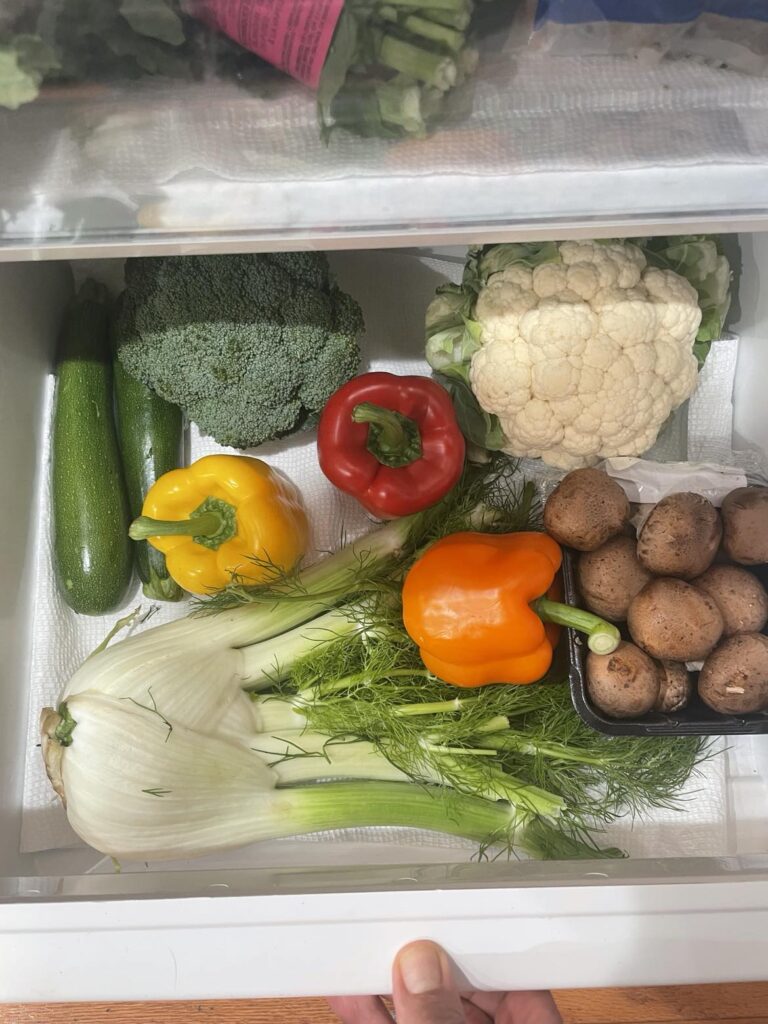
Here’s My $35 Haul, and Grocery Receipt with Coupon and Sales Savings
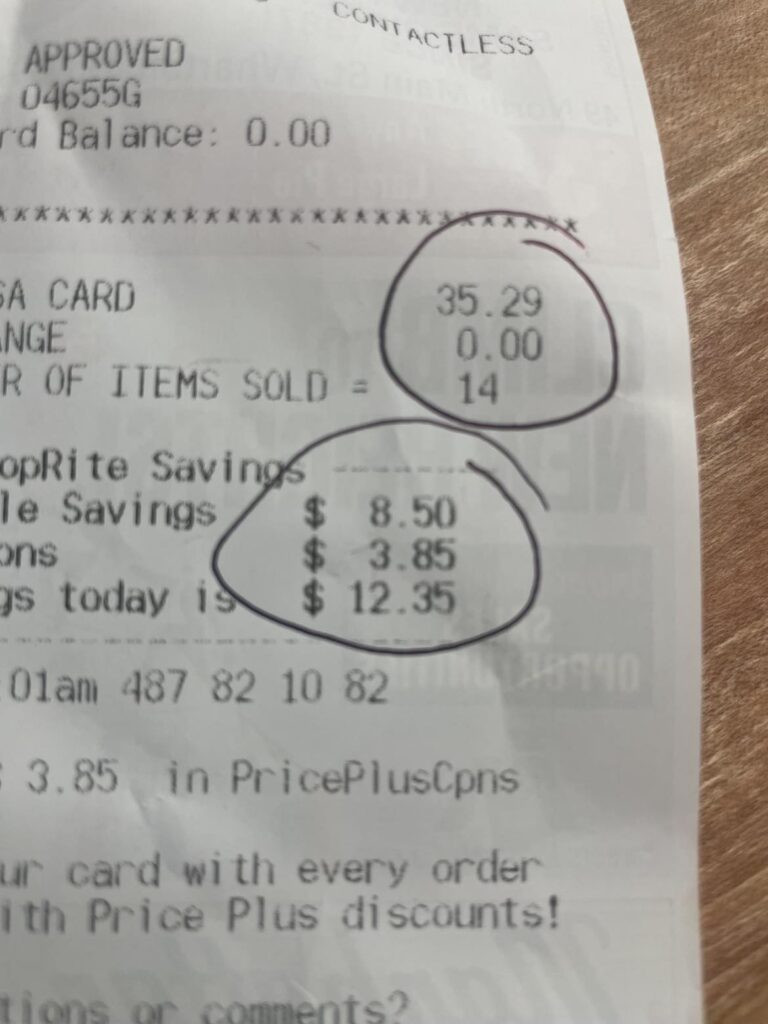

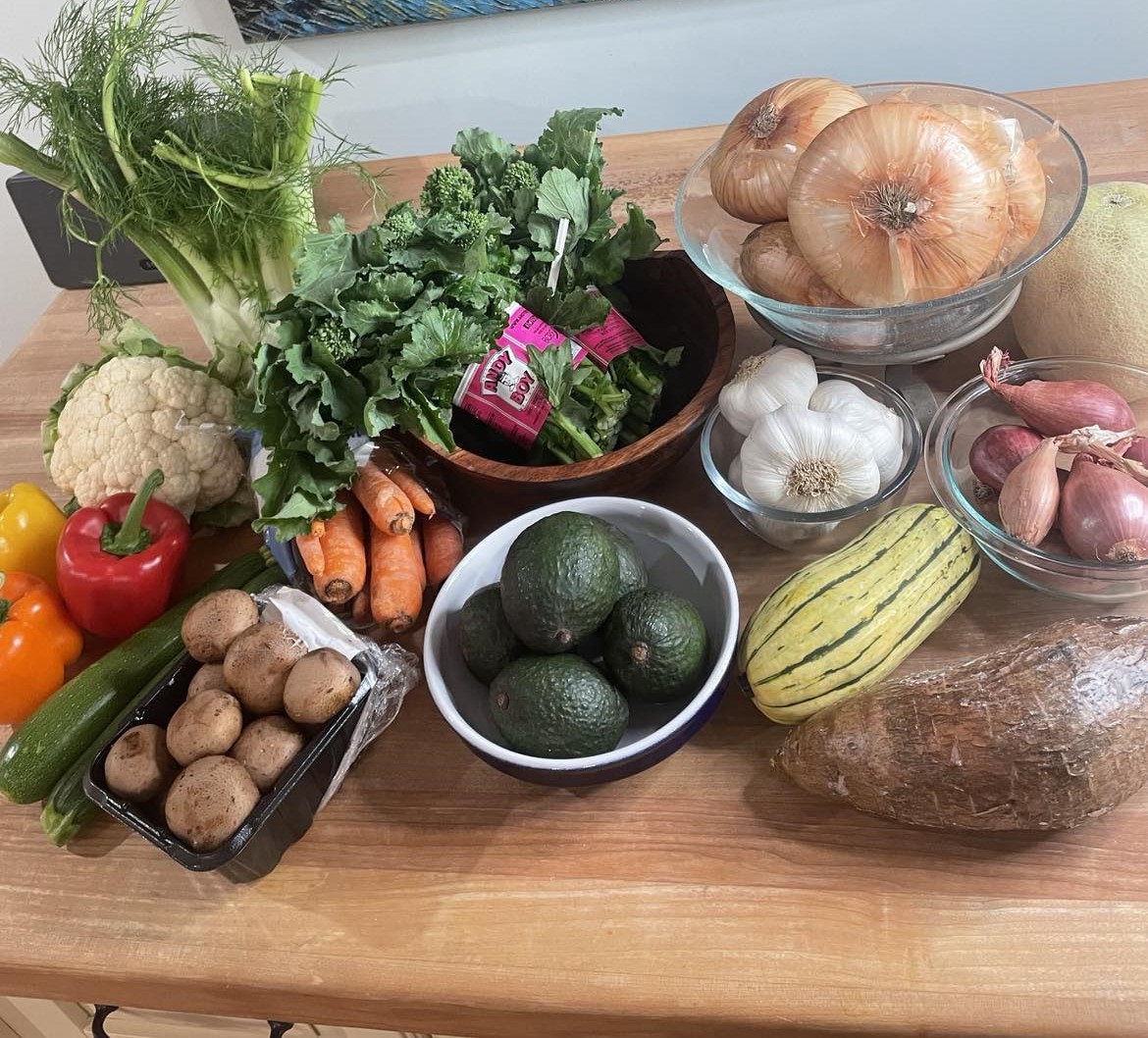


 Follow Me On Instagram
Follow Me On Instagram Like My Facebook Page
Like My Facebook Page My LinkedIn
My LinkedIn